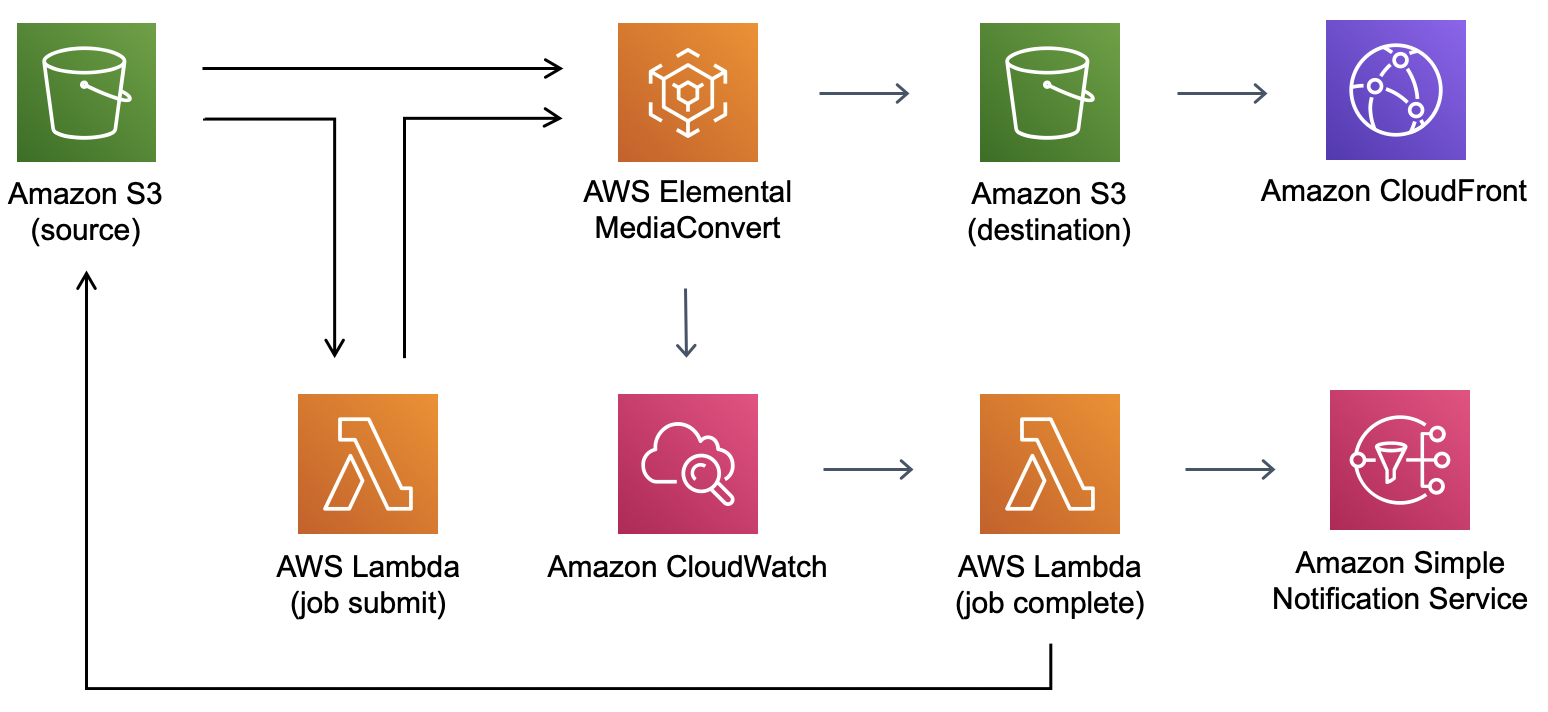
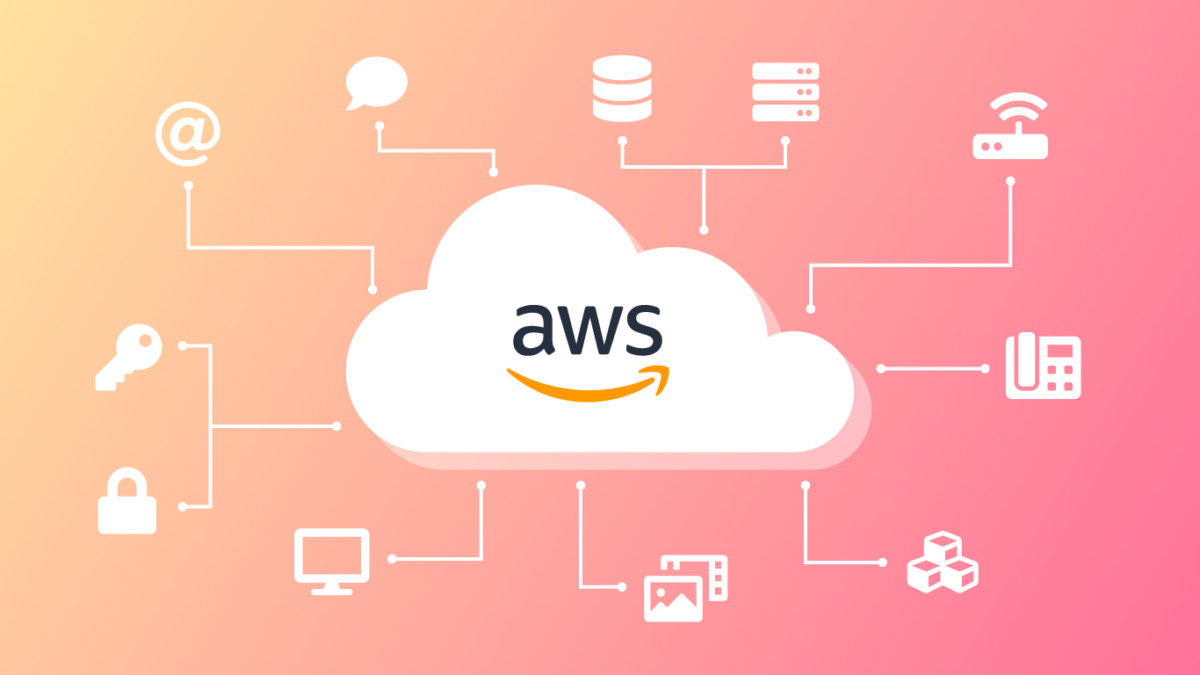
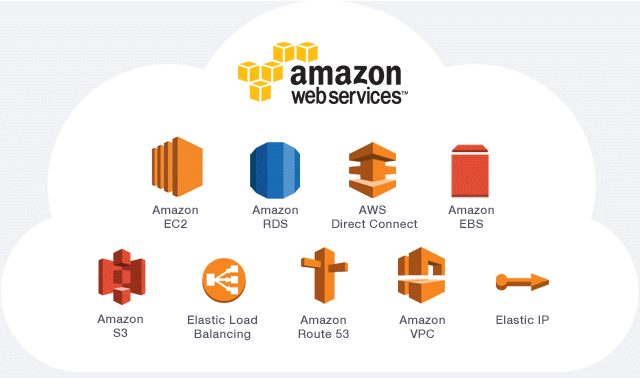
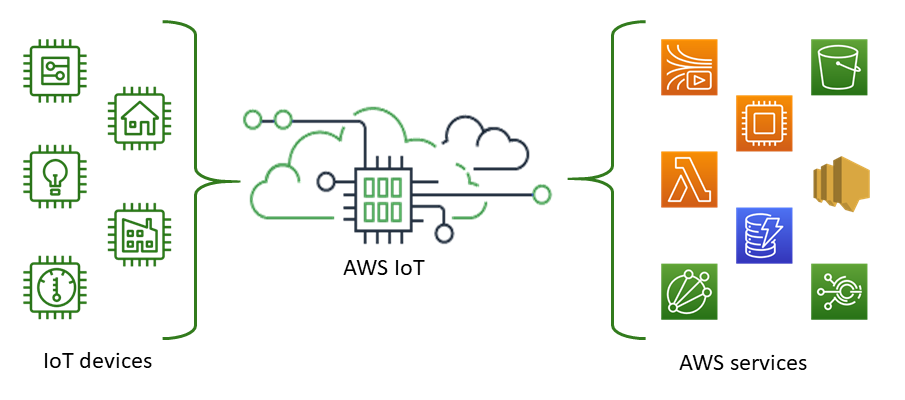
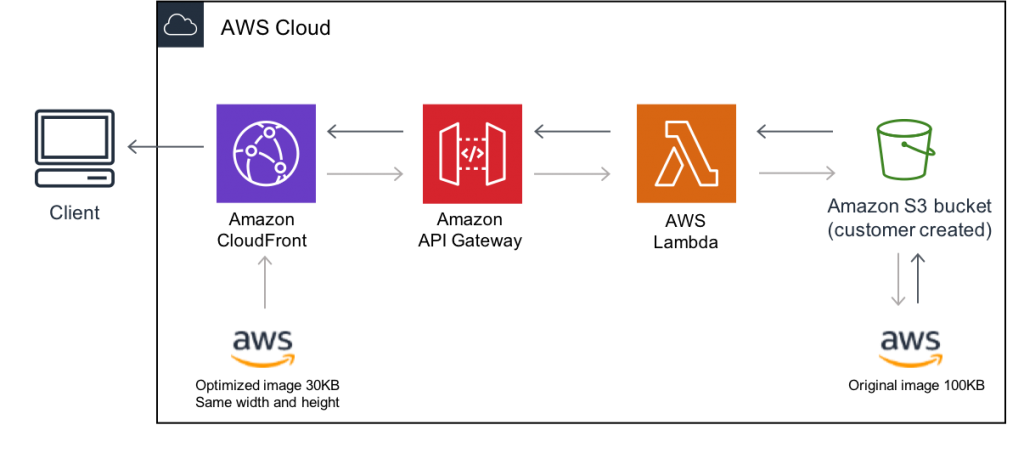
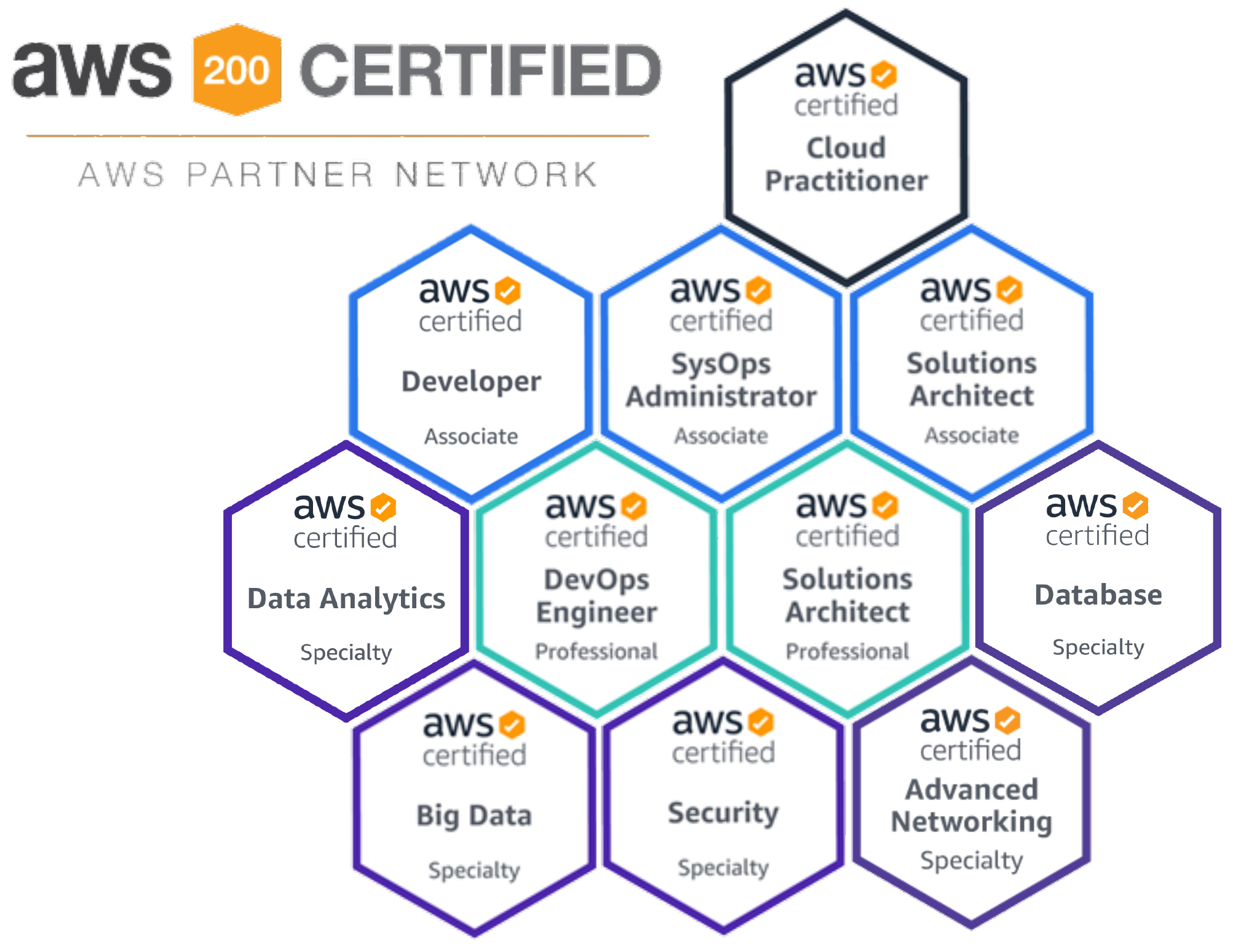
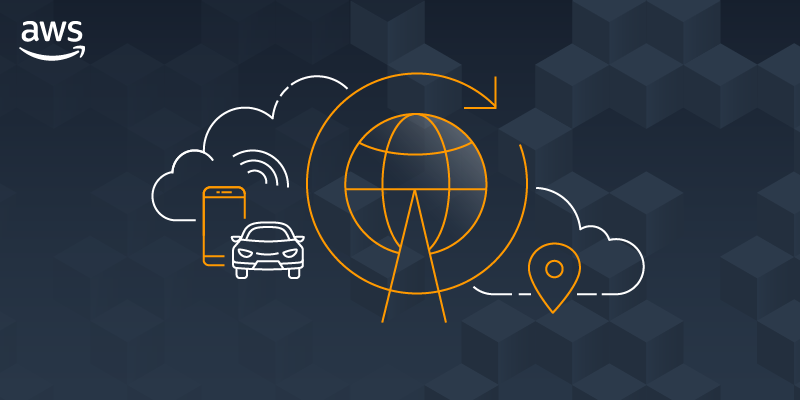

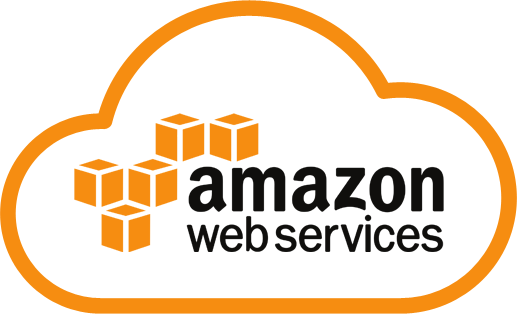

What you learn in AWS Course?
- Amazon Connect
- How Amazon Connect works ?
- Amazon Connect: Contact Flows
- Software, Hardware support
- Languages and costs
- AWS Greengrass
- AWS Copilot
- AWS HoneyCode
- Docker on AWS
- AWS Disaster Recovery
- S3 Services
- Edge Computing
Amazon Connect is an Amazon Web Services public cloud customer contact center service.
Amazon Connect enables customer service representatives to respond to phone calls or chat inquires from end customers.
The service can scale to accomodate tens of thousands of call center agents.
AWS provides a telecommunication infrastructure for each company that uses the service.
Users are required to have an Amazon Connect account or an AWS Identity and Access Management account.
The customer who requested the services becomes the administrator for Amazon Connect.
The admin's first task is to claim a phone number and configure permissions for users and agents.
The admin must first create an Amazon Connect cloud instance.
The customer logs into their AWS Management Console and complete several tasks.
AWS customer must create or select a user directory, which can include an outside option, such as Microsoft ACtive Directory.
The customer creates a user with administrator privileges and then selects telephony options and the location for data storage.
A Contact Flow defines each step a customer can make when they interact with the contact center.
The logic is similar to that of an automated Interactive Voice Response(IVR) system and determines an end user's experience.
An admin can configure a Contact Flow through a graphical user interface in the console to play a recorded prompt or transfer a call.
A Contact Flow also supports text to speech with Amazon Polly and allows developers to customizepronunciation with Simple Speech Markup Language.
Amazon Connect can route end user calls according to agent skills, availability and caller priority.
The service assigns agents a routing profile to fit agent expertise to one or more call queues.
Connect also provides a Contact Flow Logs feature, which allows a business to track and streamline its interactions with end customers.
Amazon CloudWatch stores these logs in the same region as the Connect instance.
An admin can export these reports to Simple Storage Service buckets, where they will be encrypted.
Amazon Connect requires the open source WebRTC, and supports a number of web browsers, including google Chrome and Mozilla Firefox.
Contact center agents use either a web-based softphone or traditional phone to interact with end users and Control Panel to manage these interactions.
Amazon Connect integrates with third-party customer relationship management(CRM), workforce management and analytics tools.
Amazon Connect provides call center support for English, Spanish, Brazilian, Protuguese, Korean, German and Japanese.
Connect is a pay-as-you-go service.
After a user exhausts its free tier of service, AWS charges for Connect use by the minute, plus daily telecom charges.
Establish a Greengrass Core.
Building a Group.
Code the Group.
Data aggregated from these things on to the cloud server, data cloud be monitored in real-time and react/respond immediately.
It is a tool for developers to develop, release, and operate production-ready containerized applications on Amazon ECS.
Copilot can help manage the entire lifecycle of your application development.
AWS Copilot is a tool in the Container Tools Category of a tech stack.
The AWS command line interface(CLI) provides application-first, high-level commands to simplifing modeling,creating,releasing and managing production-ready patterns that include best practices designed by ECS engineers and customers over the years.
Copilot- Applications
Copilot- Environment
Copilot- Service
AWS Honeycode is new fully-managed AWS service gives you the power to build powerful mobile & web applications without writing any code.
Amazon Honeycode is available in beta.
Honeycode comes with built -in common application templates come in handy for those looking to build surveys,task trackers.
The service is free for applications with up to 20 users, with charges kicking in for large applications.
Docker is a tool that allows developers,sys-admins etc. to easily deploy their applications in a sandbox to run on the host OS i.e Linux.
Amazon Elastic Container Service with AWS Fargate
AWS Ec2 Instance
Amazon Elastic Container Service for Kubernetes
Amazon Elastic BeanStack with Single Container Docker
Amazon Web Services provides disaster recovery solutions for customers to develop robust, cost-effective,targeted and well-tested recovery plans.
Disaster Recovery(DR)
Recovery Time Objective (RTO)
Recovery Point Objective(RPO)
S3 Cross-Region Replication(CRR)
Amazon S3 Same Region Replication(SRR)
SSE Data Encryption within Amazon S3, Server Side Encryption(SSE)
S3 also provides the ability to protect data in-transit and at rest.
S3 Object Lifecycle Management allows 2 types of behavior.
Transition in which the storage class for the object change.
Expiration where the objects are permanently deleted.
Edge Computing is a networking philosophy focused on bringingcomputing as close to the source of data as possible in order to reduce latency and bandwidth use.
The increase of IOT Devices at the edge of the network is producing a massive amount of data to be computedat data centers, pushing network bandwidth requirements to the limit.
Edge Computing is to move the computation away from data centers towards the edge of the network, exploiting smart objects, mobile phones or network gateways to perform tasks and provide services on behalf of the cloud.
It is possible to provide content caching, service delivery, storage and IOT management resulting in better response times and transfer rates.
© 2021 Next Tech IT Solutions. All Rights Reserved. Designed by Beedata Technology